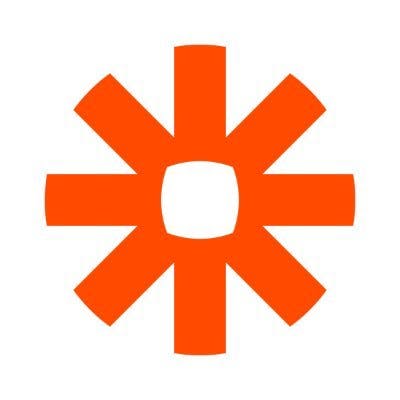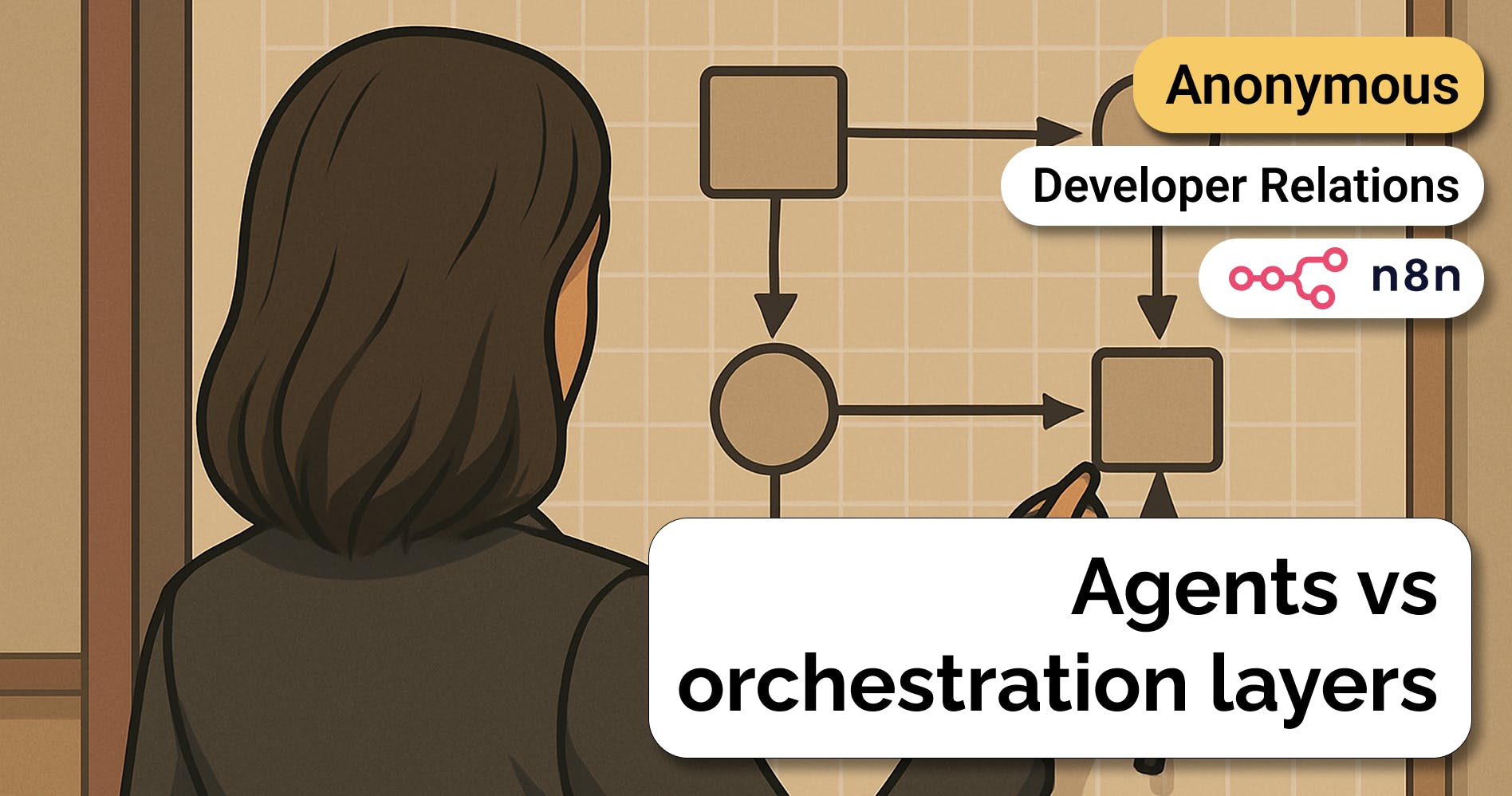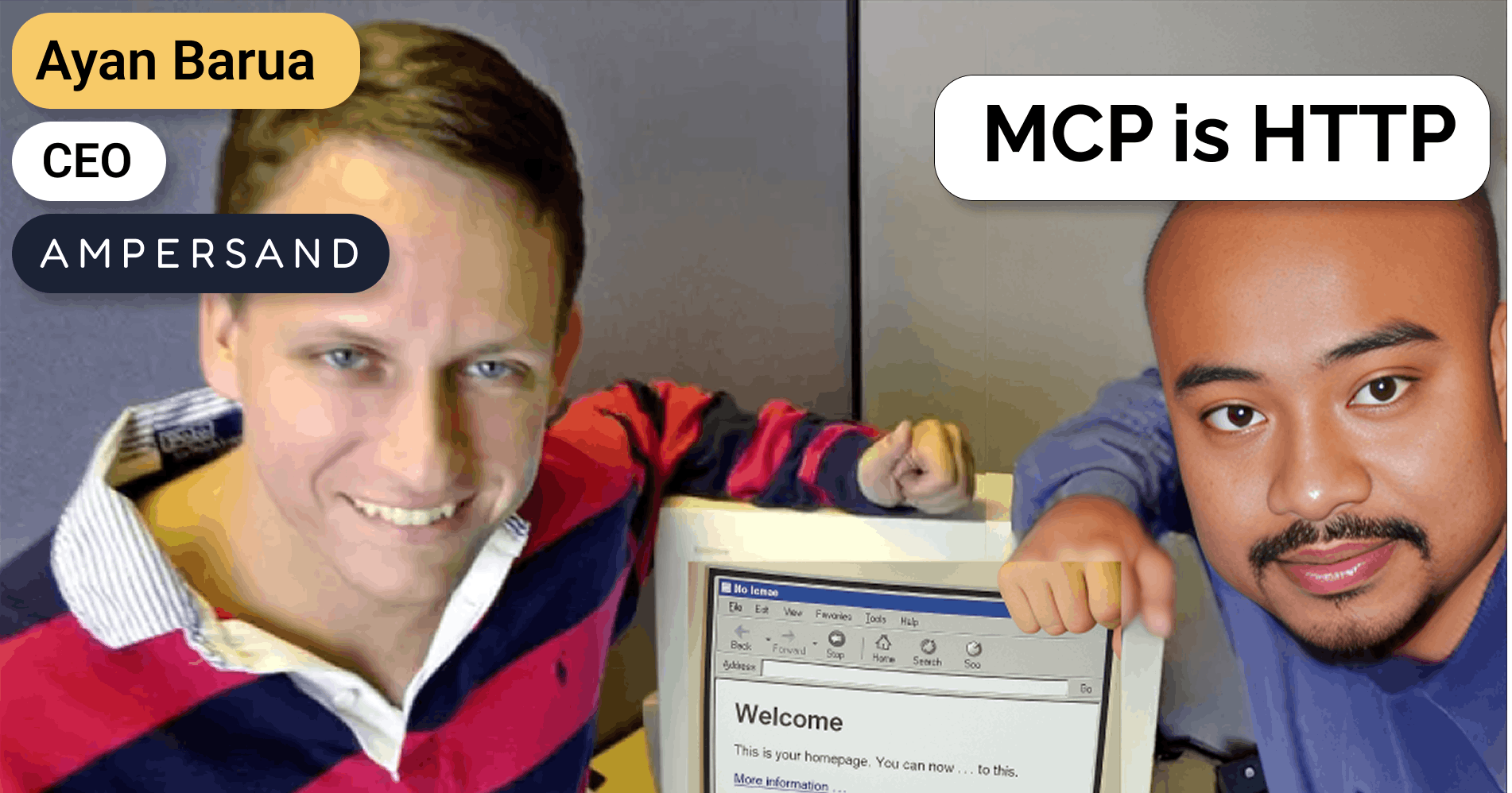Senior executive at no-code startup on the rise of native integrations
 Jan-Erik Asplund
Jan-Erik Asplund
Questions
- How much do you personally use Zapier?
- How would you say that your usage has changed from when you were using it then?
- How much are native integrations at your current company cannibalizing your use of Zapier?
- This experience where over time, more companies figure out what are the most important integrations to have native and relegate the rest of them to Zapier—is this something you see happening broadly?
- How do you see new people building on Zapier? How difficult is it for them to learn how to properly use it?
- Could you say that's one of the risks for Zapier of even trying to do these more embedded experiences because they’re conceding their advantage which was based on the fact that people went to Zapier?
- Yeah. I'm curious what you think about Zapier’s competition or who they're bumping up against here. You mentioned the idea that there’s a head and a long tail of jobs to be done, but I’m curious how you see the emergence of verticalized versions of Zapier in this light.
- I’m curious for your thoughts on no code as name as an industry or whatever more broadly. How do you see growth? Like in every layer because there's like the big enterprise there's the NSMB and then there's this like a long tail, if you will, of like creators, freelancers, solopreneurs. Do you see it distributed or happening equally across those?
Interview
How much do you personally use Zapier?
Guest: Yeah. I’m not like one of those crazy, 40-step zap people who's using Zapier to like, update their Webflow website, but I use it a ton for business processes for sure. And I've been using it since 2013.
How would you say that your usage has changed from when you were using it then?
Guest: In some ways it’s the same kind of stuff, but way simpler back then. I remember the way I was using it back then was more mock marketing automation oriented.
It was like, “Oh, somebody signs up here via Mailchimp so they get added to this list.” It was simple connections.
Then I actually bootstrapped a company and the entire company was essentially Airtable, Zapier, and Gmail. That was the product. Like it was just those things tied together. And so then the Zapier usage was a little bit more complex.
How much are native integrations at your current company cannibalizing your use of Zapier?
Guest: Yeah, I think a fair amount, to be honest. There's just a subset of Zapier use cases that are just going to be categorically better if built first party.
There are all of these very specific, nuanced things you might want to do with a tool where Zapier can’t do them because there's no open API and no endpoint.
But we can do it internally. And it just takes more effort on our part to decide to open up those end points and make those available to Zapier. Not because we might never do it, but just because.
That's not to say that the long tail isn’t valuable.
This experience where over time, more companies figure out what are the most important integrations to have native and relegate the rest of them to Zapier—is this something you see happening broadly?
Guest: There are a lot of integrations and automations that are just going to be categorically better built in the product. I think actually the user experience thing is really big here. Like the user experience of having to go from your product that you're in, go to Zapier, build something, go back to the original product, and go back and forth and set everything up. That is a friction filled user experience. It's not delightful, but it's been the only game in town, so people have been willing to do it, but I think more SaaS products are getting wise to the value of pure interoperability.
They're just going to start building a lot of the most important ones themselves. And my guess is that a lot of the value will be captured in the top 10 integrations. And you can tell that Zapier is a little bit nervous about this, right? Because number one, they don't share with you what your top integrations are. Like they don't keep, they don't give you stats. They don't really tell you. They'll say you can look at your Zapier landing page and you can see a bunch of example integrations there. And they'll wink and say those are the most popular. But it's all obscured, right?
You don't really know, and they're not giving you any numbers. So most popular is a relative term. You don't know whether this is a hundred million users or like a thousand users. But one thing we've found just from doing our own research and building stuff ourselves is that there's some pretty basic jobs to be done. And most of them are covered with—I don't know the exact number, but I'm guessing—10, 15 integrations. And it's things like you would expect, right? It's “I want custom notifications”. Like, “Whenever this happens, I want to be able to notify myself and my team across a few different channels.” That might be email, that might be Slack.
And then I think about your other question, which is, “What's the value of the long tail?” I think it’s really valuable because realistically, we might decide that we're going to integrate with the number one email newsletter provider that our customers are telling us about. We'll spend time to do that. Are we going to integrate with the next 50? No, we're never going to do that. So I think there is a lot of value there, and we will never get rid of our Zapier integration because of that, because it gives you coverage across that long tail.
I think the challenge for Zapier in my mind is more of a UX challenge actually. The user experience is so much worse in my estimation that they need to figure out how to become more native first party. If they can. And I think if they're able to do that, then they protect themselves from companies just building first party themselves.
Because if you could use Zapier to get something that felt a lot like the first party stuff you were going to build anyway, then you might just say, yeah, who cares? I'll just use Zapier.
How do you see new people building on Zapier? How difficult is it for them to learn how to properly use it?
Guest: Obviously they didn’t invent the trigger action dynamic, but I feel like that is a real and powerful thing that they brought to the fore for non-technical people. It’s a really powerful idea, and I think they did a lot to democratize access to that way of thinking in some ways. And they made it dead simple. But yeah, from a user experience perspective, it's overwhelming, not least because you are in a separate UI.
You're connecting two tools by going into another tool doesn't have as much context as you probably want from either of the other tools. You end up jumping back and forth a lot. And yeah, I think for a brand new user, that's just overwhelming. And I think this is the risk for them really, because what's the discoverability of Zapier?
Eventually, the more and more of these automations that get built into products, the less people are going to go search for “How do I connect X and Y?” And that is Zapier's entire growth strategy, right. You search that and then there's an SEO page. I think that’s what I would be worried about if I were them, is a decrease in people searching for an answer to that problem, because people in products are just being shown that answer by the products themselves.
Could you say that's one of the risks for Zapier of even trying to do these more embedded experiences because they’re conceding their advantage which was based on the fact that people went to Zapier?
Guest: Yeah. I feel like this is one of those cases where probably, if I were to, if I were to talk to them about their business strategy, I would probably say, I think you need to go full embedded.
They need to get companies who are in the process of building their own automation suites, or haven't built them yet, and figure out a way for them to use Zapier's rails. And that is that is a really hard strategy to undertake because it feels like it undermines the core business, but I think that's the only way that they survive over the long-term.
And it's hard because it's like a whole new partnership strategy too. It's much more collaborative, less extractive, in some ways. But I think that, yeah, that's what I would counsel them on. I feel they need to, basically, start competing with Tray.io and those others.
This is how they could compete with Tray. Tray is selling the rail, but Zapier could say, “I don't need to sell this to you. We'll just have people create Zapier accounts, and they can still pay us.”
And In a way they might be able to have their cake and eat it too, if they can pull that out.
Yeah. I'm curious what you think about Zapier’s competition or who they're bumping up against here. You mentioned the idea that there’s a head and a long tail of jobs to be done, but I’m curious how you see the emergence of verticalized versions of Zapier in this light.
Guest: Two things come to mind. One is that Zapier here appears in some ways limited because of the trigger action paradigm. I think there's a lot more complex, interesting, hard problems to solve that aren't just trigger and action.
There’s trigger processing, for example, like “make a bunch of decisions and then go do something.” And Zapier can't do that. Whether the processing is like machine learning or data transformation. So you see a lot of new entrants taking that on, like Parabola is like a good example of that. Then there's even up and comers like this company Levity AI, which is basically no code machine learning, so you can build your own categorization algorithm essentially. And they also have a workflow engine, so they actually integrate with Zapier too.
An example would be like, and this is a silly one, but say you integrate it with Gmail. So whenever you get an email with a photo attachment, it's going to look at the attachment and decide what kind of dog it is. And if it's a corgi, then it’s going to go put it in this Dropbox folder. If it’s a golden retriever, it’ll put it in this Dropbox folder. If it's another dog, it’s actually going to ping somebody and say something.
And you can set up these kind of branching steps and have multiple machine learning processes and algorithms along the way. Super powerful. And Zapier is never going to be the place where you do that work, nor is it going to be a place where the majority of people integrate with Levity AI, because presumably Levity AI will want to have their top integrations, the Dropbox and Gmail stuff, built native. They're going to build that all out of the box first party because they have such a strong incentive to lower the barrier to activation. So whatever the most common use cases are, they're going to build it all in house. Zapier becomes like the, “Oh, if we can't do it…. we have Zapier.”
It’s like the land of forgotten toys, And then I think it becomes a lot harder to enforce the premium pricing, which has already gone up a lot. think this is a challenge for them because other applications don’t make their money on automation. They make their money on whatever it might be—like per seat pricing. They drive upsell through automations, but it's not where they make their money. There’s no real reason for them to extract value from their customers off automations. Because from their perspective, the more automations they’re running, the stickier they are. Whereas the fact that Zapier charges per task means they can’t price on other things that might be more interesting or on other steps that might actually be creating way more value. They're constrained to that paradigm.
I’m curious for your thoughts on no code as name as an industry or whatever more broadly. How do you see growth? Like in every layer because there's like the big enterprise there's the NSMB and then there's this like a long tail, if you will, of like creators, freelancers, solopreneurs. Do you see it distributed or happening equally across those?
Guest: I think it depends on what you mean by no code. Like recently in the Not Boring newsletter, Packy was talking about there are all these startups trying to unbundle little pieces of Excel. Those are interesting, but I don't think those are no code tools. Those are like vertical point solution SaaS.
Then he was talking about how there's a lot of tools out there that are inspired by Excel. And I think that is a much better description of what no-code tools are like. I mean, Excel is like the original no-code tool. There's HyperCard and some others that were pretty cool too, but Excel is the one that's really stuck around. And that's because it's simple to use but also incredibly deep and complex, and there's no guardrails.
You can just go build crazy stuff, and they have somehow given you all the primitives to be able to do that.
So anyway, that's like my side rant on what I think no-code really should mean. I think it’s more interesting than what very often I think people mean when they say no code which is, I don't even know, like a WYSIWYG editor or something. So many things get called no code, it’s hard to even understand.
So to your question about where I see these types of tools getting used, and Zapier being the core one here.
I know for a long time Zapier didn't review security questionnaires. So a lot of enterprise customers wouldn't use them because they just wouldn't go through security reviews. It was a big challenge we had actually, because we would rely on Zapier here as a part of the toolkit that we would sell our product with.
And then we would be moving up, and selling into the enterprise, and they wouldn't use our product because they couldn't use Zapier. Because their security teams would say no. But then Integromat does do security reviews, so there were other options.
But I do think more and more people are going to be using these tools. This might be a useful visualization. This is the way I think about this space.
I imagine like a big rectangle square on a whiteboard and you say, okay, this is the entire software market. You can draw a big circle and you're like, okay, that's the CRM market. You draw a smaller circle and that's like the, social media marketing market or something. Then this tiny one is dental software. These are all the point SaaS solutions.
When I think about no code software, it’s spreadsheets and all these kinds of super flexible tools and they're all powered by Zapier. And they carve off pieces of each of those existing big circles. Like a lot of people use a spreadsheet and Zapier together as a basic CRM. It's not replacing it, but it takes a little bit of it.
And so it takes a little bit of all of these chunks, but I think the way bigger opportunity is actually the white space in between all of those circles. It's all of this software that doesn't have a name, right? It's not a category. Right now, it's probably just spreadsheets and email.
It doesn't have a name,but I think if you were to do the math and figure out what the area of that is versus the area of all the circles, I think the area of everything in between is bigger. I think that's actually a bigger opportunity and I think that's what Zapier enables.
I think that's the bull case for no code software in general. If you can empower more people to, to build software, like solutions for things that they are currently doing manually, or scraping together with spreadsheets and email, then that is a massive market.
Disclaimers
This transcript is for information purposes only and does not constitute advice of any type or trade recommendation and should not form the basis of any investment decision. Sacra accepts no liability for the transcript or for any errors, omissions or inaccuracies in respect of it. The views of the experts expressed in the transcript are those of the experts and they are not endorsed by, nor do they represent the opinion of Sacra. Sacra reserves all copyright, intellectual property rights in the transcript. Any modification, copying, displaying, distributing, transmitting, publishing, licensing, creating derivative works from, or selling any transcript is strictly prohibited.











